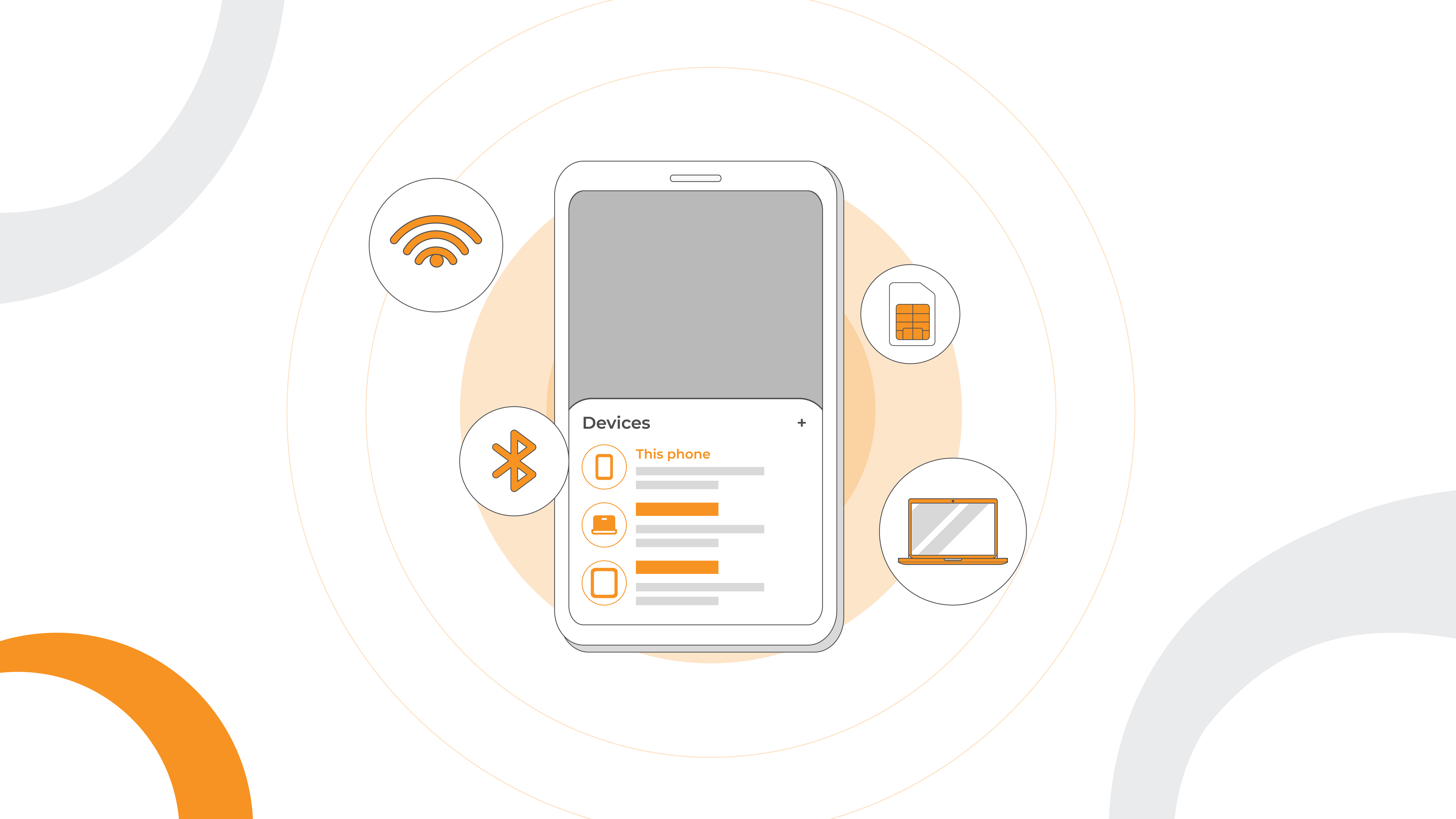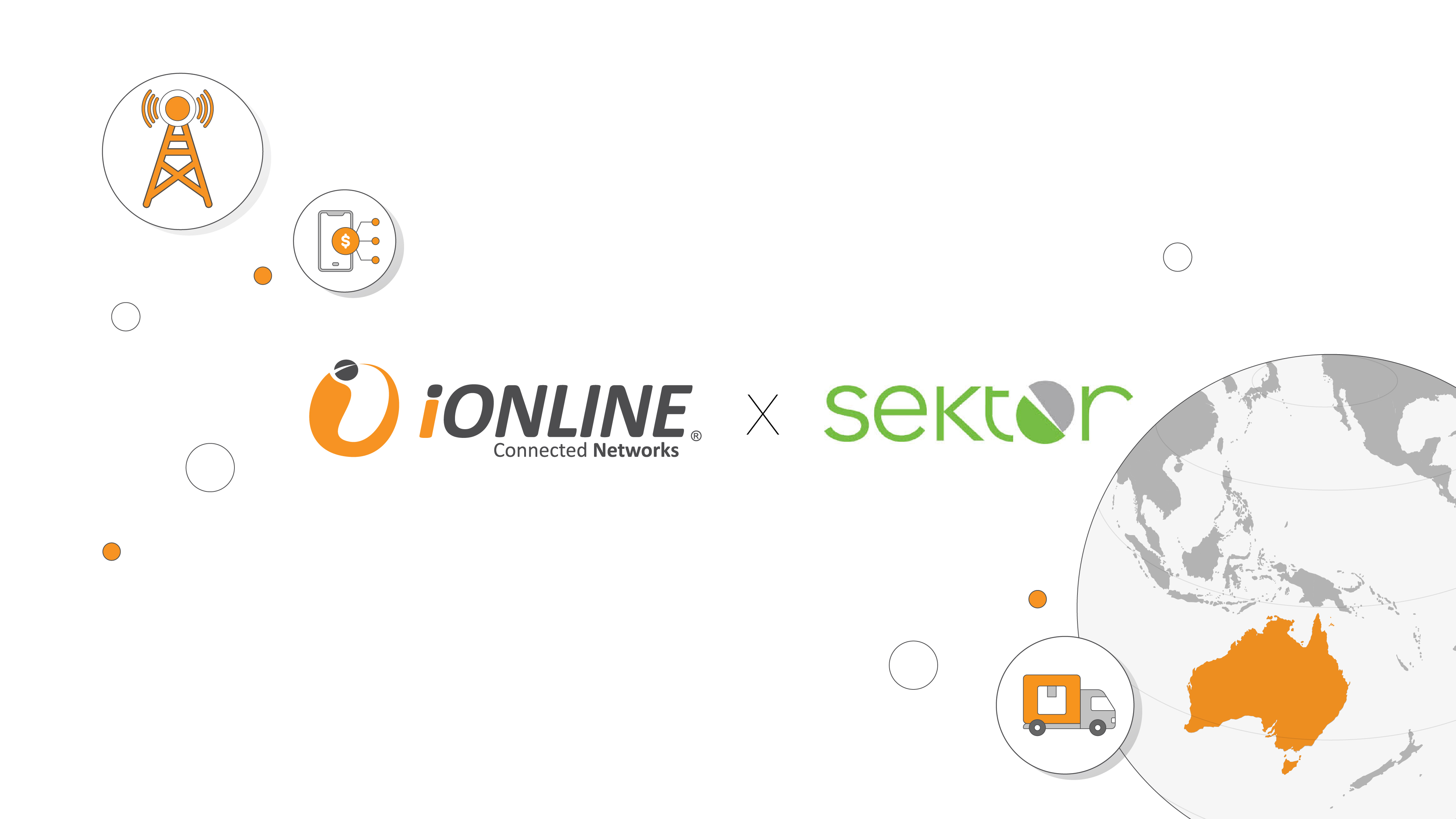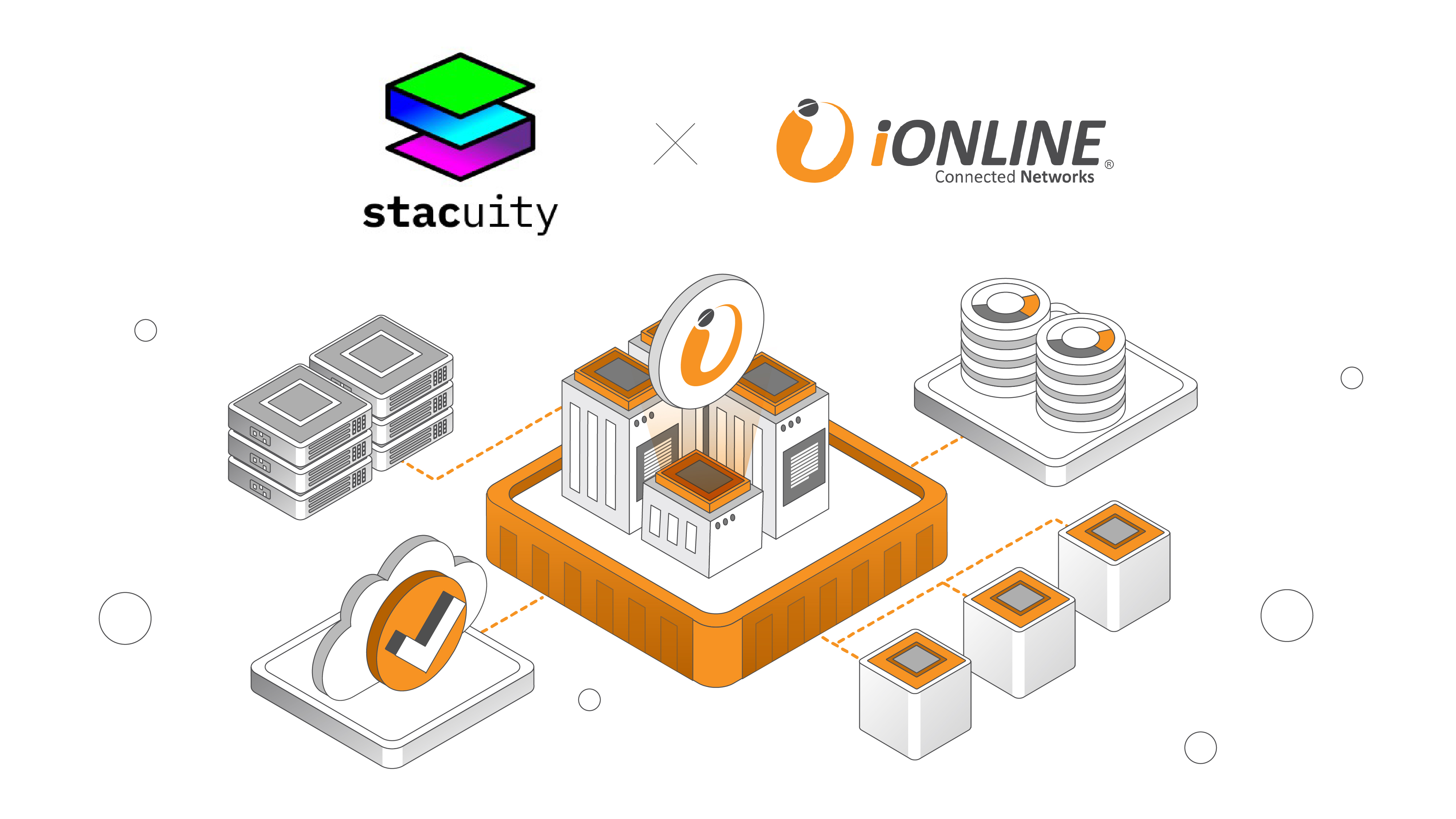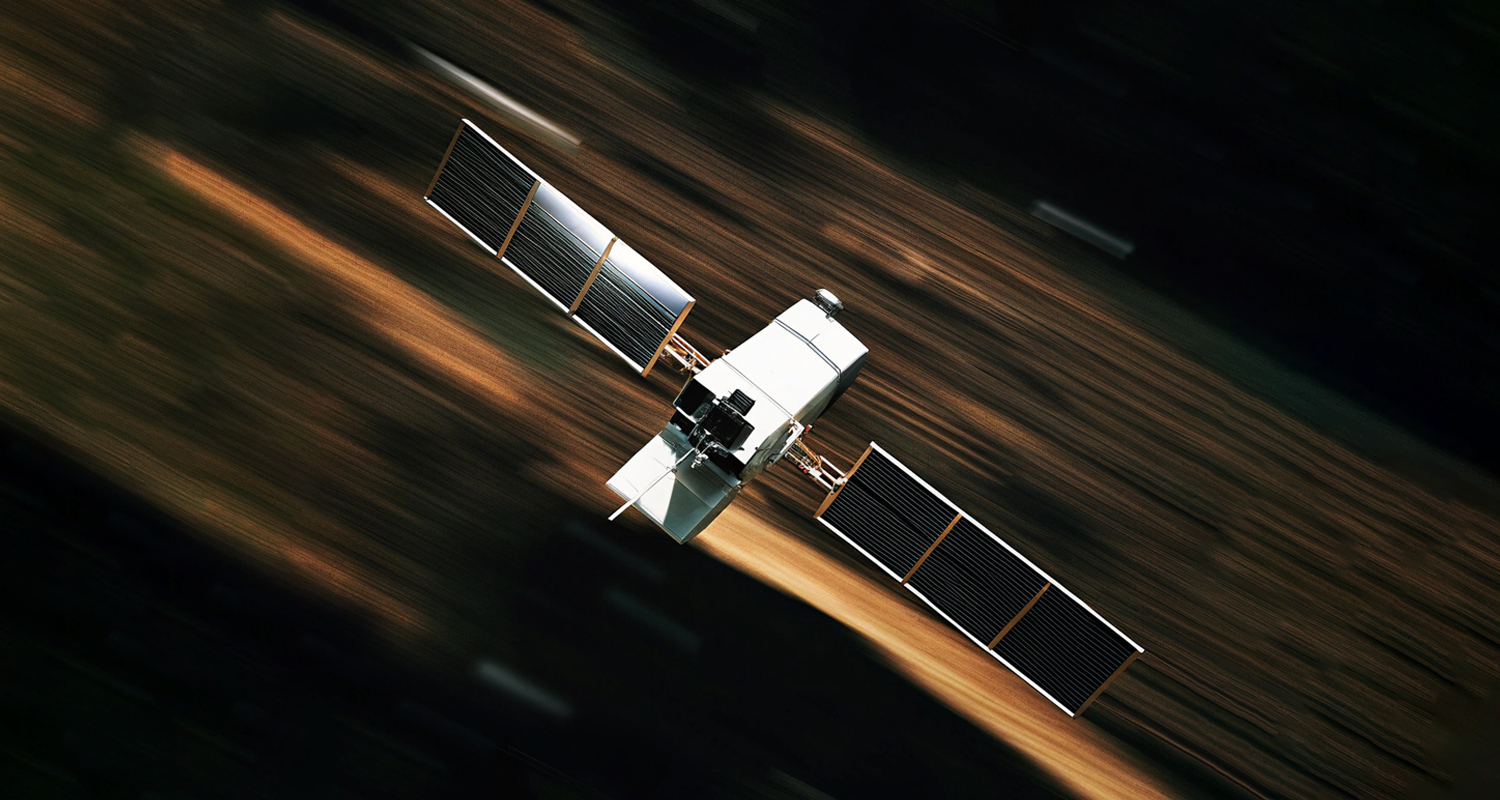
Response time can mean the difference between life and death for frontline workers. When a utility inspector collapsed inside an isolated substation, unable to call for help or alert anyone to their location, precious hours passed before anyone realised something was wrong. By the time rescue teams arrived, it was too late.
The harsh reality is that in high-risk environments, communication failures don't just disrupt operations – they can be fatal.
Traditional single-channel devices create dangerous blind spots that leave workers vulnerable when they need support most. In challenging, remote, or rapidly changing environments, this is a risk organisations cannot afford.
Real-time risk requires real-time visibility
From energy and logistics to public safety and critical infrastructure, frontline teams often work in unpredictable environments. Radios and patchy mobile signals just aren’t enough. These workers need real-time awareness and dependable, uninterrupted connections – no matter where their job takes them.
This is where real-time, IoT-powered connectivity transforms frontline protection. Equipping workers with IoT-connected wearables, body cameras, and safety sensors means that operational visibility and instant response are less limited, and thus less risky.
Connectivity: The backbone of modern personal protection
Real-time, IoT-powered connectivity moves frontline safety beyond the limits of traditional radio or single-carrier networks. With advanced, multi-network coverage, devices roam seamlessly across global carrier networks – switching to the strongest available signal whenever possible. This ensures that body cameras, sensors, and safety wearables never lose critical contact, continuously transmitting live video, audio, and GPS data.
With reliable IoT connectivity as the backbone, organisations can guarantee visibility on the frontline, turning isolated environments into real-time, monitored spaces.
Bridging the safety gap with IoT-connected solutions
So how could these IoT-connected systems change the picture on the ground?
Thanks to connectivity, these frontline workers remain visible, supported, and protected – no matter how remote or complex their environment.
Rapid deployment: plug-and-play at scale
Modern IoT safety solutions are built for everyday practicality, frictionless rollout, and rapid integration.
Key factors include:
Compliance and chain of custody you can trust
Security isn’t only about what happens in the moment – it’s about the record that follows.
IoT-connected body cameras and wearables encrypt evidence and biometric data end-to-end, supporting strict compliance and regulatory requirements across jurisdictions. Centralised logging maintains verifiable audit trails, supports incident documentation, and protects both individuals and organisations from legal and reputational fallout.
Scaling up: Future-proofing security at the edge
The frontline is evolving, as are threats and the technology that counters these.
AI-powered analytics are enabling smarter flagging of risk patterns. Next-generation 5G and LPWA networks offer even greater resilience and lower latency, supporting seamless expansion from local teams to global operations. Multi-network SIMs and adaptive cloud platforms let organisations scale rapidly, meeting the needs of today’s lone worker and tomorrow’s smart, connected workforce.
Is your security truly always-on?
IoT-enabled wearables and body cameras are closing the gap between risk and response. Frontline safety now depends not just on training or visibility but on continuous, intelligent connectivity that keeps teams protected – even at the network’s edge.
If your personal protection systems can’t perform where coverage thins, you’re missing the most critical layer of security.
Discover how resilient, scalable IoT networks can keep your people – and your organisation – safe, everywhere they go.
Key benefits of our solutions include:
Schedule a demo to learn more.




